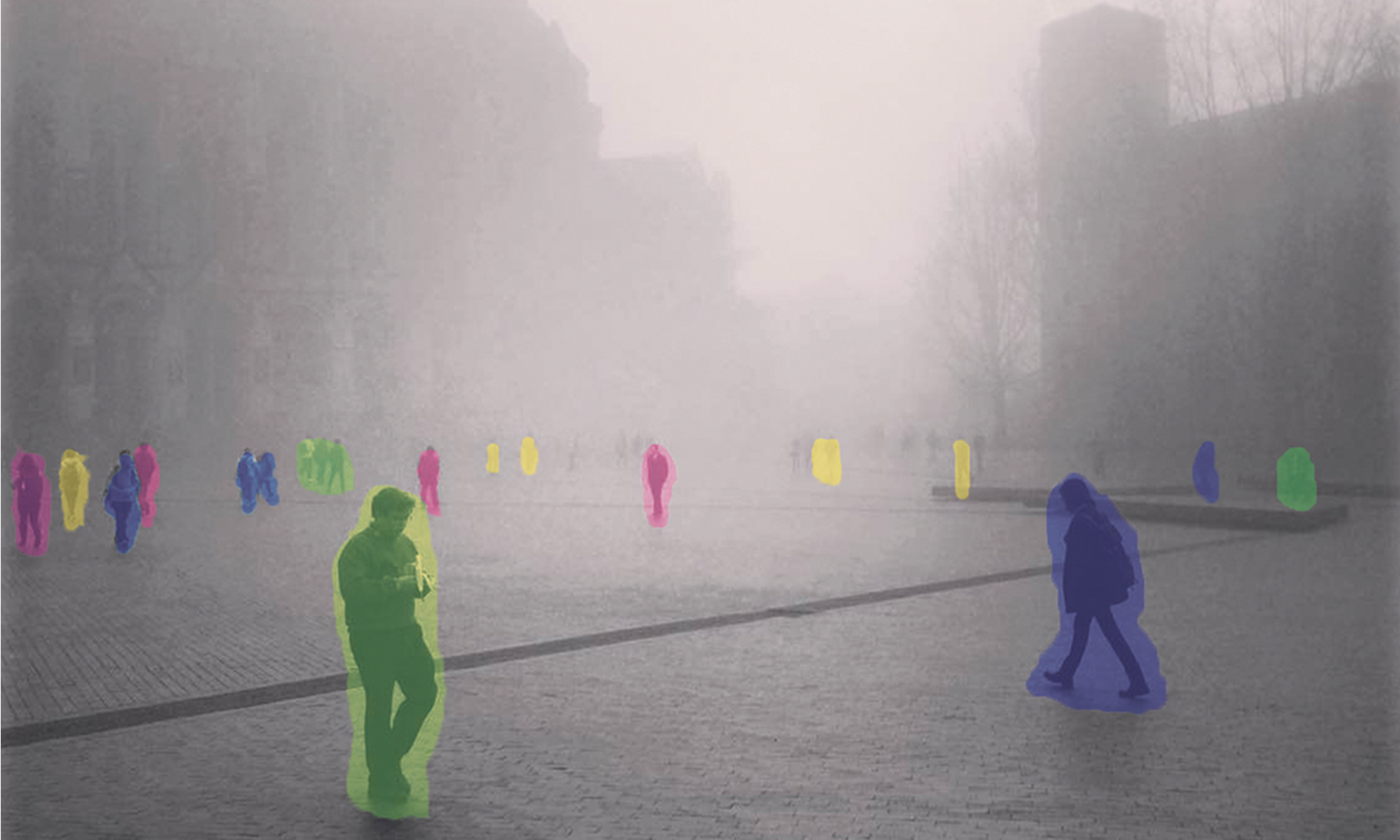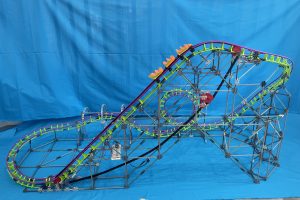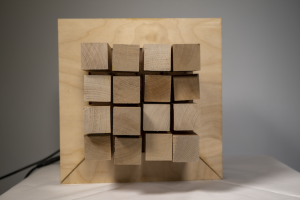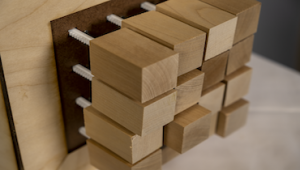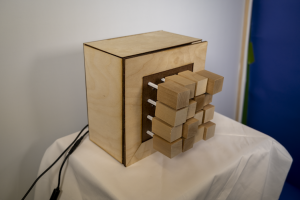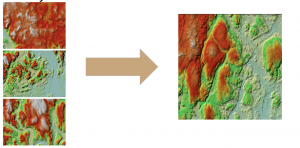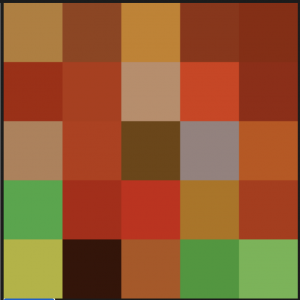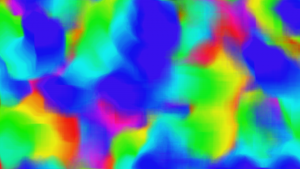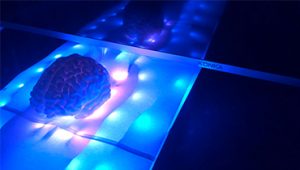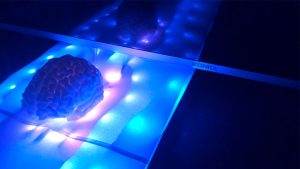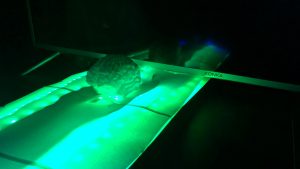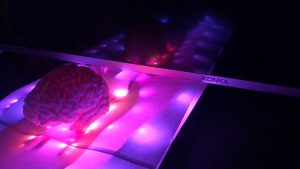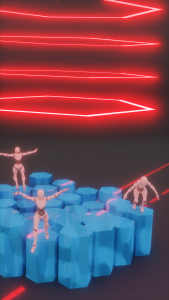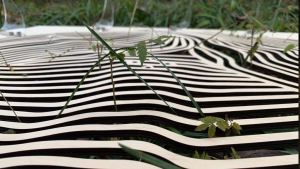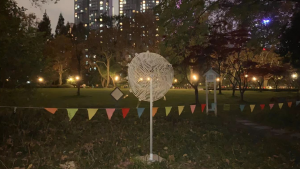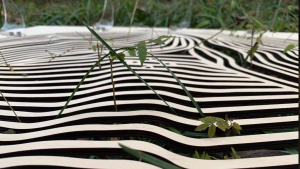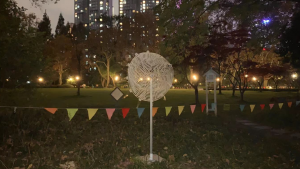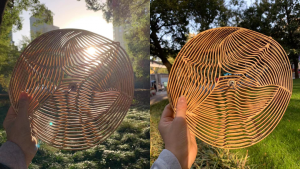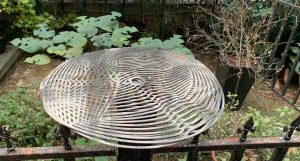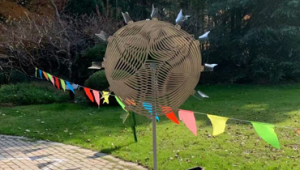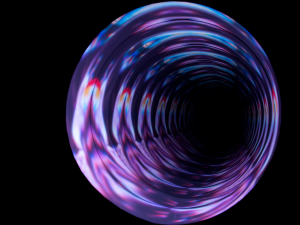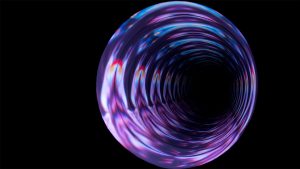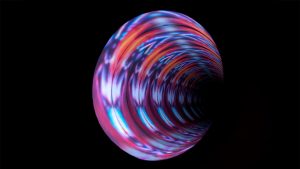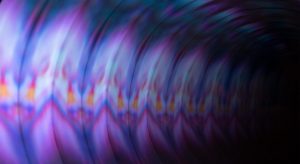An interactive experience tells how we see the world via biological processes.
Tiange Hou
https://vimeo.com/488284023
Description
We have different sensory systems obtaining the perception. But do you know what happened inside our bodies, leading us to perceive the world? When the light goes into our eyes, how do we get the vision from it?
“I want to see the world” is an interactive experience during which users help the person(with eyes, hand, and brain) to see. This project is an overview of how we see the world via the biological processes. When light enters the eyes in the darkness, a critical cell signaling pathway, called phototransduction, starts in cells in our eyes. The sodium channel is closed so Na+ could not enter the cell. Then, everything else helps us to see could occur. Information is sent from the eyes to the brain via nerves and more visual information processing happens in the brain, indicated by LED lights and drawings. The computational drawings simulate a biological technique, fluorescence imaging.
Hands are responsible for all the interactions. Users do some hand gestures to the “hand,” implying that when we cannot see, other sensory systems, such as touch, help us. First, users wave to the “hand” to let this person know that users are around. Second, users move their hands up and down to the “hand” to let the person know that they wish to help. Third, users follow the instructions shining the light on the “eyes.” And last, users wave the hand again to let the eyes see the final image.
ITPG-GT.2233.00003, ITPG-GT.2301.00007
ICM, Intro to Phys. Comp.
Education,Art
